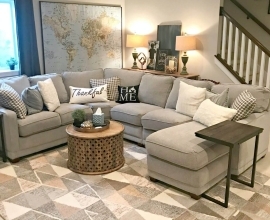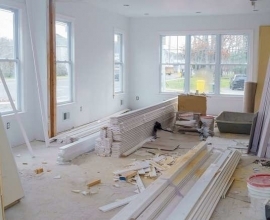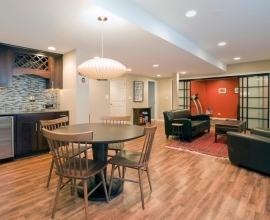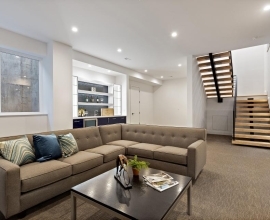N.L. home construction at 50-year low, but sales on the rise following disastrous year
With new home construction at a 50-year low and residential sales on the rise after a disastrous 2018, it’s not easy to figure out the Newfoundland and Labrador real estate sector these days.
But one thing is for certain: after years of runaway prices and a super-heated construction boom, things have seriously cooled off and it’s now a buyers’ market.
According to figures provided by the N.L. Association of Realtors, the average sale price for a home in the province so far this year is just under $242,000, a drop of more than $8,500 from a year ago.
And that seems to have injected some life into the market, with more than 300 more real estate transactions as of the end of October this year (3,872), in comparison with a 2018 that many realtors would rather forget, when there were 3,550 sales by the same point.
‘Worst in 20 years’
“Last year was the worst year we’ve had in 20 years,” said Bill Stirling, the association’s chief executive officer.
“For the first time in several years we’re starting to see some optimism in the market.”
But that uptick is not universal, with the bump in sales driven by activity in St. John’s, Conception Bay South, Gander and Labrador West.
The number of real estate transactions continued to slide in places like Mount Pearl, the Clarenville-Bonavista region, Grand Falls-Windsor and Corner Brook.
“The last two or three years have been pretty rough years in our business,” Stirling added, noting that membership in the association has dropped by roughly 100 Realtors in the past few years.
One bright spot in the market
And the uptick in sales this year is driven by one category: homes selling between $200,000 and $350,000, or the first-time buyer’s market.
“If you’ve got a product priced in that area, those are the ones that are selling the quickest,” Stirling said.
The drop in prices is also a consequence of the glut of homes on the market, with more than 6,000 listings provincewide, which is well above the 10-year average.
One of the benchmarks for determining the health of a market is the duration it would take to sell the existing inventory. For Newfoundland and Labrador, if no listings were added, it would take nearly a year and a half to clear the deck, which suggests a sluggish market.
The glut is a consequence of a weak economy, the cooling-off of a major project construction boom that made this province the envy of the country, and what people like Stirling admit is a fear of how Muskrat Falls will impact electricity rates.
Unless the province can come up with hundreds of millions of dollars to address the problem, the cost of paying for the controversial hydroelectric project could double electricity bills by 2021.
Energy-efficiency driving renovation market
It all adds up to fragile consumer confidence.
As such, much of the renovation market is now being driven by energy-efficiency projects, including the installation of heat pumps, which reduce electricity use.
Tougher mortgage stress-testing rules, which require prospective buyers to make larger down payments and prove they can still make payments if interest rates rise, is also preventing some prospective home buyers from entering the market.
However, recent tweaks to the rules, including repayable loans for those struggling with a down payment, have helped, industry leaders say.
“That’s strongly in the buyers’ market category,” said Stirling. Despite these ominous trends, Stirling said there’s cautious optimism that a rebound is around the corner. The province wants to double oil production within the next decade, for example, which would help restore confidence to the marketplace.
Meanwhile, the picture is especially bleak right now for those who specialize in new home construction. With so many existing homes on the market, and prices dropping, buyers are seeing the upside of investing in a mature property.
Over the past decade, there was an average of 2,400 housing starts annually in the province. But that average will fall dramatically after 2019 numbers are factored in, with new builds expected to fall well below 1,000.
Source: https://bit.ly/37jejHI







